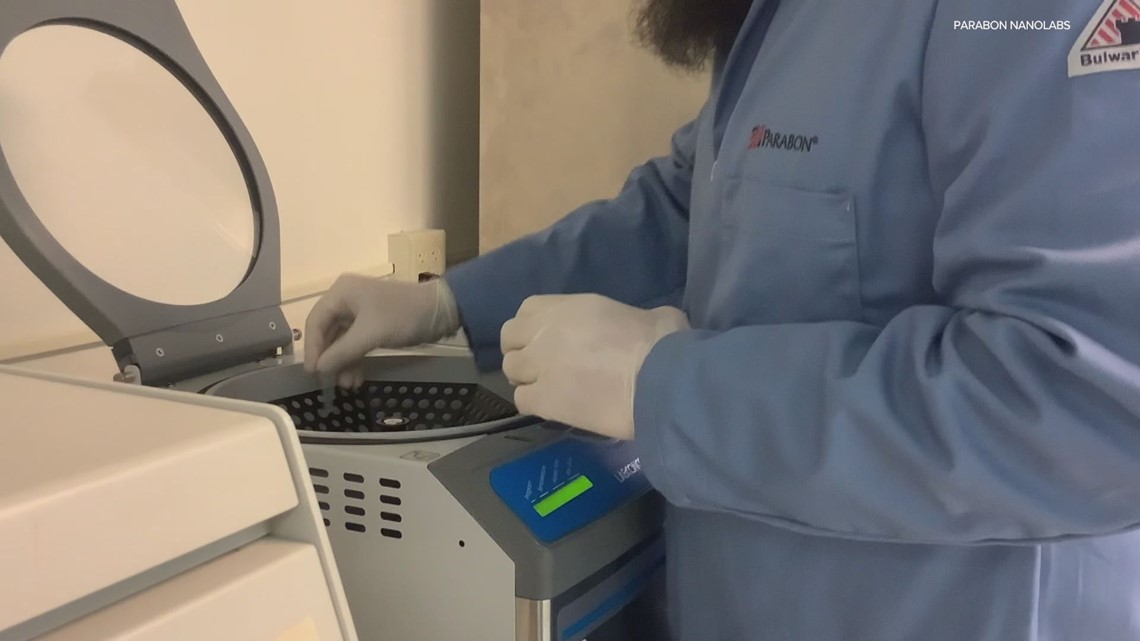INDIANAPOLIS — It’s a new investigative tool that’s cracking hundreds of cold cases and it starts with a single sample of DNA.
On Tuesday, law enforcement officials credited investigative genealogy for helping close the case of the “I-65 Killer,” who was identified as Harry Edward Greenwell.
FBI’s Gang Response Investigative Team (GRIT) compared DNA evidence with traditional genealogy research and historical records.
Before that, this type of genetic genealogy was most notably used in the case of the “Golden State Killer” in 2018. It was also used earlier this year to track down a serial rapist in Shelby County who committed crimes in the 1980s. This week he was sentenced to 650 years in prison.
RELATED: Greensburg man sentenced to 650 years in 1980s home invasion sexual assaults in Shelby County
CeCe Moore helped work on that case. She is the chief genealogist at Parabon Labs. Even though she did not assist in the case of the “I-65 Killer,” she said the process is similar.
“We can look for patterns, commonalities and eventually common ancestors,” Moore said. “Then we build forward in time looking for all their descendants. We do what I call 'reverse genealogy.'”
Moore is one of the pioneers in the field who helped develop the techniques now being used by law enforcement.
Since her time at Parabon Labs, she has helped solve more than 200 cases in four years, which is about one case per week.
Investigative genealogy can be used to help identify violent criminals and also human remains.
“My fastest case was 30 minutes where I was able to identify a victim of a violent crime and then I have cases I’ve been working on for almost four years," Moore said.
Starting in 2000, genealogists started using DNA for genealogical purposes, but it was very limited. Then in 2010, the field started using autosomal DNA, which people inherit from all their ancestral lines. It opened to door to investigative genealogy.
“You hear a lot about genetic privacy, but I always say your DNA is worth nothing to me if I can’t figure out who your family is,” Moore said.
RELATED: FBI, Indiana State Police to make major announcement Tuesday morning on 'I-65 Killer' cold cases
The process starts by running the DNA sample through ancestry databases and then link it to other people who share that DNA. If the team finds a third cousin, that means that person shares a great-grandparent.
After that, the team goes through public documents and social media. From there, they reconstruct a family tree.
“You have to remember patterns and be able to spot them. You are looking for a surname maybe you saw five hours ago or five days ago or even five weeks ago to pop up again in the family trees you are building,” Moore said.
Once they have their findings, a report is written for detectives who then investigate it.


Moore said the findings are not a rush to judgment, but a lead.
“You are always going to investigate that person, collect their DNA, see if it matches that original crime scene sample and also look for other connections to that victim or the crime,” Moore said. “Our work is really just a hint. It’s a tip. It’s the same as if someone called a tip into Crime Stoppers. It’s just this is a highly scientific tip with very high confidence.”
There’s also a big misconception that investigators use big company databases like 23andMe or Ancestry.com to match DNA. Moore said that’s not true.
When it involves a law enforcement investigation, her team can only use two databases that are much smaller. They are called Family Tree DNA and GEDmatch, which is a third-party site that collects DNA data.
Moore said if you test through another company, you can always take your raw data and upload it to GEDmatch to help solve crimes. There are currently 1.5 million people in the database, but only a third of them have opted into “law enforcement matching.”
More information about investigative genealogy can be found on Parabon's website.

